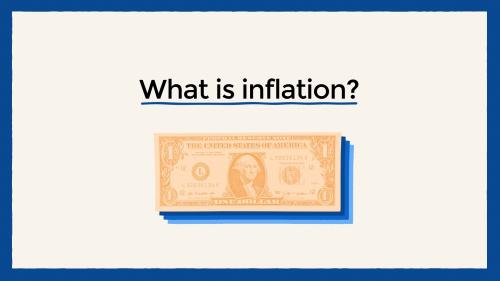Almost everyone recognizes that the United States faces a serious long-term budget challenge that will require a good deal of fiscal belt-tightening. That belt should not be tightened this year or even next, as premature fiscal restraint could abort the economic recovery that remains all too fragile. But now is the time to start planning for how deficits should be cut when economic recovery is well established.
The first step is to recognize how much needs to be done and when. The federal budget deficit is nearly 10 percent of gross domestic product (GDP). Economic recovery will erase part of that gap, as tax collections rise and spending on unemployment benefits and other recession-related outlays ends. But recovery will not solve the whole problem.
Additional and politically difficult shifts in policy will be necessary to stop debt from growing so fast that simply paying the interest on that debt becomes unaffordable, creating the preconditions for an economic crisis even more dangerous than that of 2008-2009. To avoid such a scenario, most experts believe that the federal deficit needs to be reduced by about 5 percent of GDP over the next 10 to 15 years.
Some people think that spending cuts can do the job. But that is just not in the cards.
- Congress has labored mightily to pass a health reform bill. The Congressional Budget Office estimates that the health bill will cut deficits, but not by much over the next decade. Since the growth of health care spending is the major driver of future deficits, additional measures to rein in this portion of the budget are needed. Given legislative fatigue, however, Congress is unlikely to revisit this issue anytime soon.
- Even if Congress decided to cut future Social Security benefits, most members of Congress of both parties are loath to cut benefits for current retirees or people nearing retirement, defined as over age 50 to 55. That means that pension cuts will contribute little to deficit reduction over the next 10 to 15 years.
- Defense spending is likely to be driven by external events. Few members of either party are prepared to play Russian (or Chinese or Iranian) roulette with American security.
- Furthermore, there are some things on which the United States does not spend nearly enough, such as investments in education, infrastructure and innovation that are needed to reduce inequality and improve American productivity.
None of this suggests that spending restraint is impossible. But it does mean that spending cuts will not come close to reducing deficits by 5 percent of GDP.
A major portion of deficit reduction over this period is going to have to come from tax increases. The cleanest way to raise enough revenue to prevent fiscal crisis is to do what every other developed nation in the world has already done — impose a broad tax on most consumption.
Such a tax should be collected at all stages of production in comparatively small amounts, based on the value added at that stage of production. What this means is that a producer that buys $70 worth of inputs from other companies and sells its product for $100 pays tax on the $30 of “value added.” If all producers, including retailers, pay this tax, the full value of each good that consumers buy is taxed.
Liberals fear that a consumption tax is regressive, and conservatives fear that it would stimulate greater government spending, but the evidence from other countries suggests both fears are exaggerated.
Given both the importance of preventing debt from ballooning at a rate that could produce another financial crisis and the constraints on filling the budget gap with spending reductions alone, a value-added tax seems almost inescapable.
Winston Churchill once said of democracy that it is the worst form of government except for all the others. Much the same can be said of the value-added tax. It is the worst way to prevent excessive growth of public debt, except for all the others.



Commentary
Op-edThe VAT Is Almost Inescapable
April 14, 2010